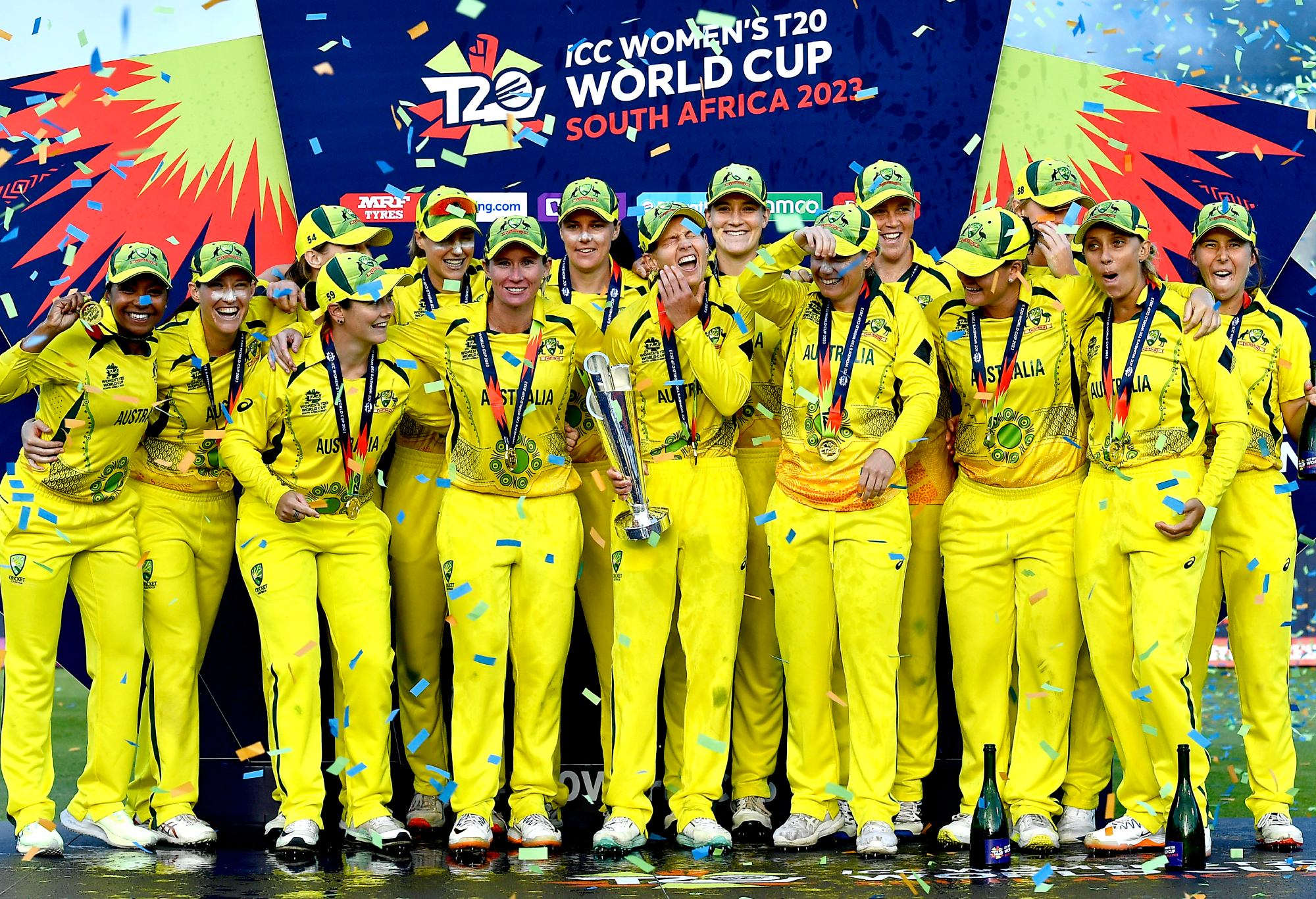Australia face a period of self-reflection before attempting to repeat history and use their shock women’s Twenty20 World Cup exit to set up another era of dominance.
Seven years on from their last World Cup disappointment, Australia find themselves in a similar spot to when they were beaten by India and Harmanpreet Kaur in 2017.
That shock loss in the ODI semi-final lit a fuse for a worldwide domination that had lasted right through until this week.
Change-up deliveries with the ball became more crucial, as did having back-up plan upon back-up plan for when an opposition batter got going.
What followed was a seven-year period where Australia won three T20 World Cups, an ODI World Cup and Commonwealth Games gold along with every major bilateral series.
Now Australia must determine how they will rebound from their 2024 disappointment, with batting the most likely thing to come under the microscope.
While the side have vowed to take the game on in recent years, that did not shine through in their eight-wicket semi-final loss to South Africa in Dubai on Thursday night.
The team’s best strike-hitter Ashleigh Gardner didn’t even bat, and faced only 34 balls in Australia’s five-game tournament.
The same could be said for Annabel Sutherland, who faced nine balls throughout the entire World Cup campaign.
Australia took for the ultra-aggressive approach of opening with Grace Harris and used allrounder Georgia Wareham at No.3 to try and up the ante in the powerplay.
But once she was dismissed, Beth Mooney, Tahlia McGrath and Ellyse Perry faced 96 balls between them and struggled significantly to lift the scoring rate.
And while Phoebe Litchfield is the most promising young talent in the country, she was forced to wait until the 17th over to come in and hit three boundaries from her first five balls as Australia posted 5-134.

Tahlia McGrath of Australia looks dejected as she leads players of Australia off the field following defeat to South Africa during the ICC Women’s T20 World Cup Semi-Final between Australia and South Africa at Dubai International Stadium on October 17, 2024 in Dubai, United Arab Emirates. (Photo by Matthew Lewis-ICC/ICC via Getty Images)
“We got her in as soon as we could,” coach Shelley Nitschke said of Litchfield.
“She’s done a fantastic job at the back end. You look at the last game, T-Mac (McGrath) had a fantastic innings, Pez (Perry) has been going really well. It’s all good in hindsight.
“We should have been able to get 160, and as the game played out we knew that would be a real push for us at the halfway mark.”
In reality, Australia’s situation has not changed greatly to 2017.
They missed injured captain Alyssa Healy against the Proteas, while this tournament was their first global event since Meg Lanning’s retirement.
Megan Schutt remains one of the best white-ball bowlers in the world, while Perry is now aged 33 but shows little sign of letting up.
McGrath, Mooney and Gardner still likely have several years left in them, while Sutherland headlines the next brigade of generational talents.

Can Australia get back to the top of the pile? (Photo by Ashley Vlotman/Gallo Images/Getty Images)
But the key difference for Australia is the landscape around them.
England and India both failed at this year’s World Cup, but have edged closer to Australia in recent years.
South Africa have also now emerged as a clear threat on the verge of their first world title, with they and West Indies pinching wins off Australia at home last summer.
A home Ashes looms this summer, before Australia’s 50-over World Cup defence next year.
“A lot of the girls are really disappointed at the moment,” Nitschke said.
“But we take the time to put this in perspective and make sure we use this. It’s going to hurt for a while, but we need to use this.”
>Cricket News

%20(3).jpeg)




0 Comments